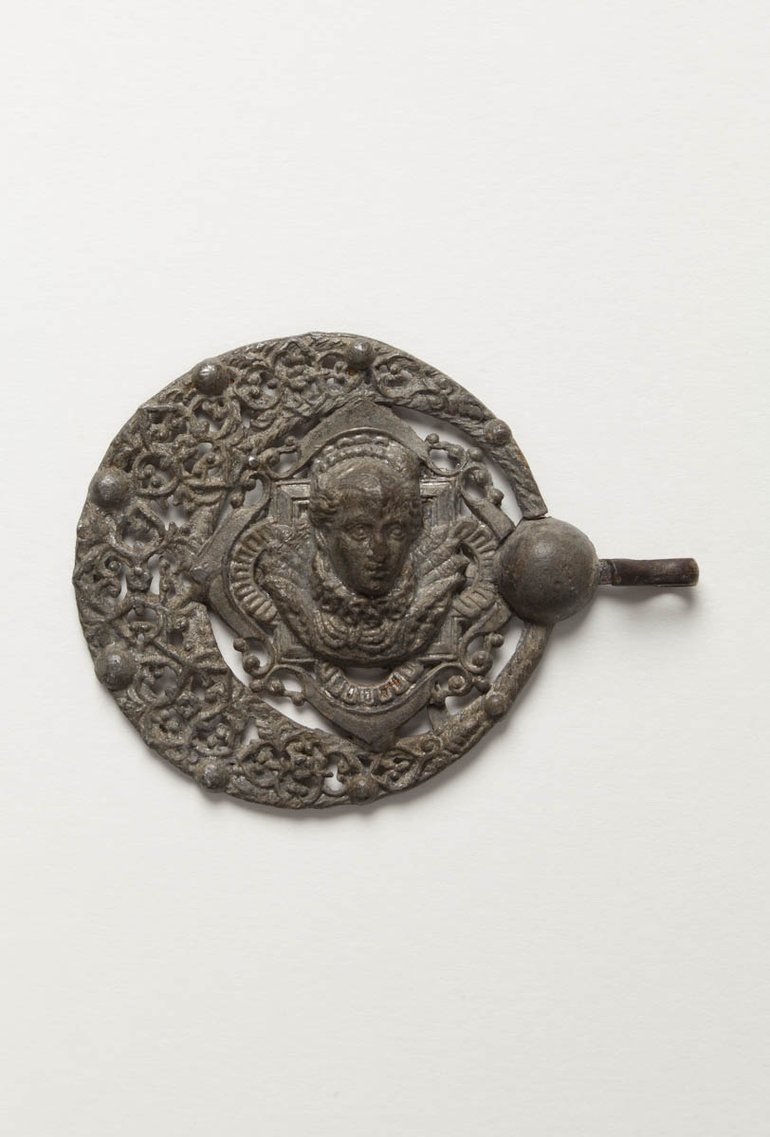
Today’s post is by Stephanie Appleton, doctoral researcher at the University of Birmingham's Shakespeare Institute.
Spring may be right around the corner, but those chilly winter temperatures haven’t left us just yet. We can put on a warm winter coat when heading outside, but for our early modern counterparts, the cloak was worn as the outermost garment. In Sonnet 34 Shakespeare references the utility of the cloak in constructing this metaphor of bad weather as a signifier of betrayal and disappointment:[2]
Why didst thou promise such a beauteous day
And make me travail forth without my cloak,
To let base clouds o’ertake me in my way,
Hiding thy brav’ry in their rotten smoke? (Sonnet 34, 1 – 4)
Cloaks were worn by both men and women, and their length, fabric, decoration, colour and cost could vary considerably according to the owner’s wealth and social status. Cloaks are listed in the wills and inventories of even the most ordinary people of Stratford-upon-Avon at this time, where they were no doubt valued primarily as a means of keeping warm, with limited concern for style or fashion. As usual, however, further up the social scale cloaks would become more ornate and luxurious. See, for instance, this French example of a cloak in 1580 – 1600 in the V&A collection. The expanse of costly red satin instantly denotes this item’s high value, and the ostentation continues with the silver gilt embroidery tracing its edges. This particular cloak fastens at the throat with a tassel, but another method of securing a cloak (while providing additional scope for displaying wealth and social status) would be to use a clasp like the one featured here, which is in the collections of the Shakespeare Birthplace Trust.
These items functioned by being stitched onto one side of the wearer’s cloak: this clasp has a moulded bar on the reverse which would probably have been used for this purpose, while other clasps from the period have eyelets around the edges instead. The perforations in the decoration of this particular clasp would also facilitate further stitching to hold it in place if necessary. The other side of the cloak would then be fastened using the brass hook which is visible on the right hand side of the clasp: the fabric could either be pushed directly onto or into it or—perhaps the more likely scenario—there would be a corresponding hook or eyelet stitched onto the other side of the cloak, for ease of use and to avoid spoiling the fabric of the garment.
The cloak clasp featured here dates to around the 1560s, and is a particularly intriguing item. The richly-dressed lady in the centre of the clasp bears a striking resemblance to Queen Elizabeth I, and she is set within an ornate, diamond-shaped cartouche, which in turn is surrounded by a crescent moon shape with eight circular studs around the circumference (possibly representing the planets). In between these studs small flowers are just discernible: could these be Tudor roses? The clasp itself, however, is made of pewter and brass, two relatively inexpensive materials: this curious juxtaposition of material and subject matter perhaps belies the social aspirations of its owner, who may have wanted to demonstrate their upwardly mobile and intellectual persona on a more modest budget. Alternatively, a clue to the object’s function could lie in the livery worn by the monarch’s subjects at this time: Queen Elizabeth’s courtiers wore cameo portraits of their sovereign as a sign of their loyalty, so this clasp may have been worn in a similar fashion. The pewter may also have been gilded at one point, with brass or perhaps even with gold, in order to make the object appear costly and extravagant.
What do you think? Could this be an item worn by one of the courtiers of England’s ‘Virgin Queen’? Or is it an aspirational piece, worn by someone of the ‘middling sort’ who fancied themselves as a social climber? Or perhaps you have an altogether different theory? We’d be interested to hear your thoughts!
[1] Thanks to Dr. Catherine Richardson of Kent University and Roz Sklar of the SBT for their advice and information about this object.
[2] Katherine Duncan Jones, Shakespeare’s Sonnets, Arden Shakespeare 2007.
